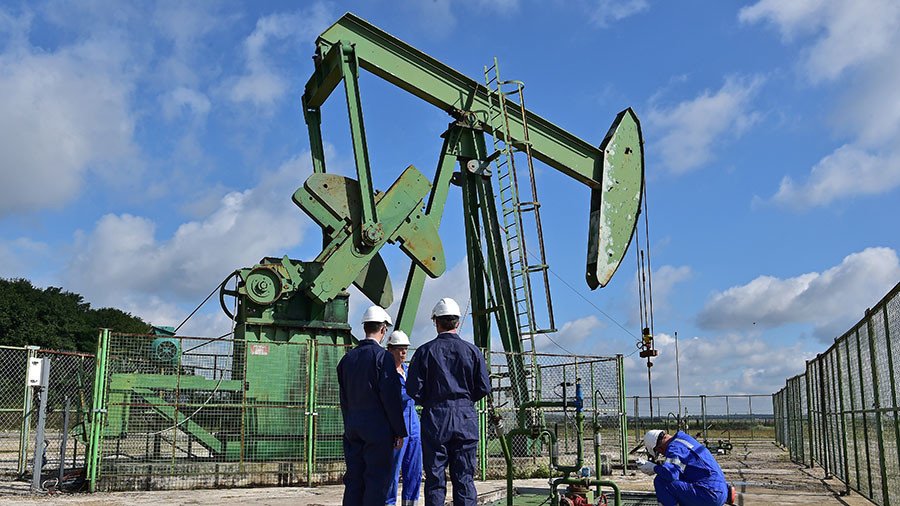Canada's oil crisis continues to worsen

Canadian oil producers can’t get a break. First it was the pipelines — there are not enough of them to carry the crude from Alberta’s oil sands to export markets.
This pipeline capacity problem has been forcing producers to pay higher rates for railway transportation, which has naturally hurt their margins in no small way. Now, there is a shortage of rail cars as well.
The situation is going from bad to worse for Canadian producers who can’t seem to catch a break. Canadian railway operators are fighting harsh winter weather and finding it hard to supply enough cars to move both crude oil from Alberta and grain from the Prairies.
The harsh weather is just the latest factor, however. Before that, there was the 45-percent surge in demand for rail cars from the oil industry, Bloomberg reports, citing Canadian National Railway. The surge happened in the third quarter of last year, and Canadian National’s chief executive Ghislain Houle says that it took the company “a little bit by surprise.” This surprise has led to “pinch points” on the railway operator’s network, further aggravating an already bad situation.
As a result, crude oil remains in Alberta and prices fall further because Alberta is where the local crude is priced, Bloomberg’s Jen Skerritt and Robert Tuttle note. In fact, Canadian crude is currently trading at the biggest discount to West Texas Intermediate in four years, at $30.60 per barrel. The blow is particularly severe as it comes amid improving oil prices elsewhere driven by the stock market recovery.
The light at the end of the tunnel is barely a glimmer. Despite federal government support for the Trans Mountain pipeline expansion project, it is still facing obstacles that may result in it never seeing the light of day. The project that would boost the current pipeline’s capacity from 300,000 bpd to 890,000 bpd, accommodating much of the increased Alberta bitumen production, is being challenged in court and Kinder Morgan has yet to collect even half of the necessary permits to proceed with it. There are no other major pipeline projects in Canada that have been approved.
Meanwhile, the news from the research front is not good, either. Back in September, media outlets reported on an accidental discovery that could make transporting bitumen by rail much safer by turning the crude into pellets. This would minimize the danger of a spill but, some said at the time, would increase transportation costs.
Canadian national Railway is also working on its own bitumen pellet technology it calls CanaPux, but for now it has not yet been commercialized, perhaps for the same reason of cost. Yet bitumen pellets, some observers note, could be the best solution to the current conflict between Alberta and British Columbia. The latter is doing everything it can to stall Trans Mountain’s expansion citing environmental concerns. Alberta stopped importing B.C. wines in retaliation.
But bitumen pellets are safe, their creators say, so B.C. would have nothing to worry about. And yet, like grain, these pellets would need rail cars to transport them should this option be chosen despite cost considerations. Canadian National says it plans to hike its capex to $2.6 billion this year in response to the shortage. The effect of the surprise jump in demand for railcar capacity from the oil industry should also subside eventually. The only question is how much all these factors would hurt Canada’s oil production growth in the meantime.
This article was originally published on Oilprice.com
















